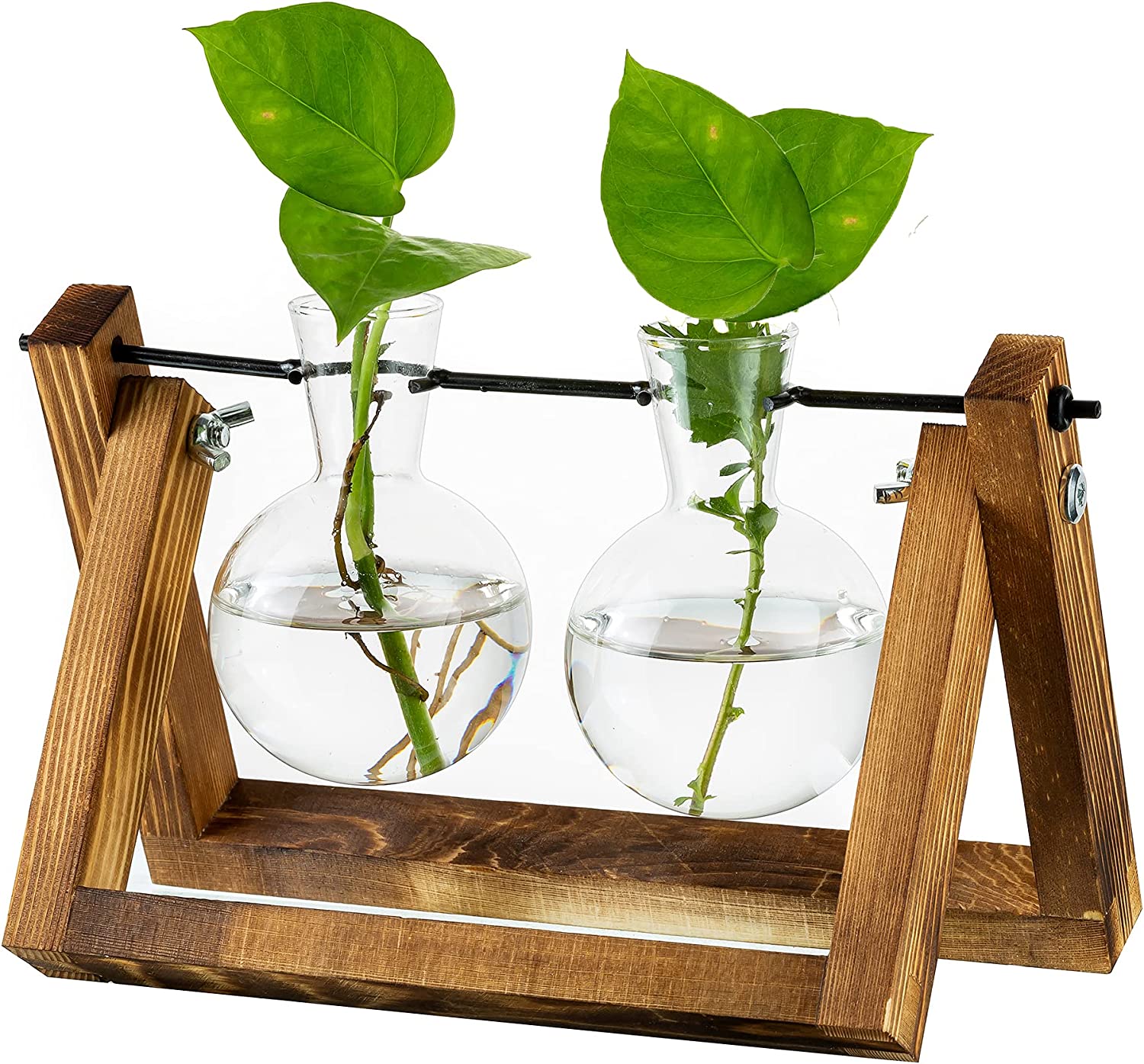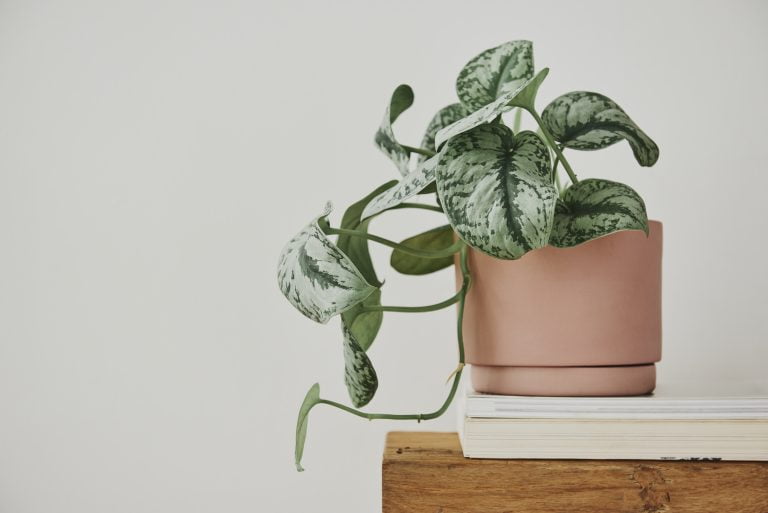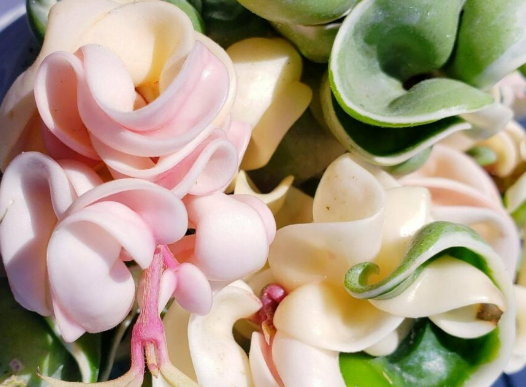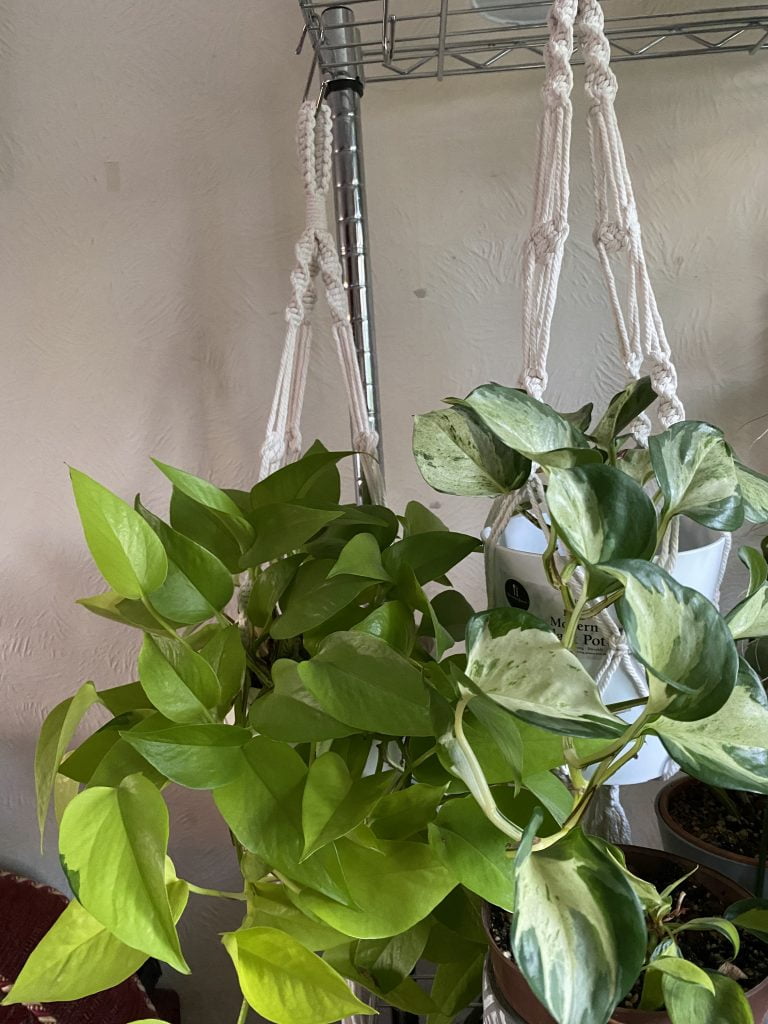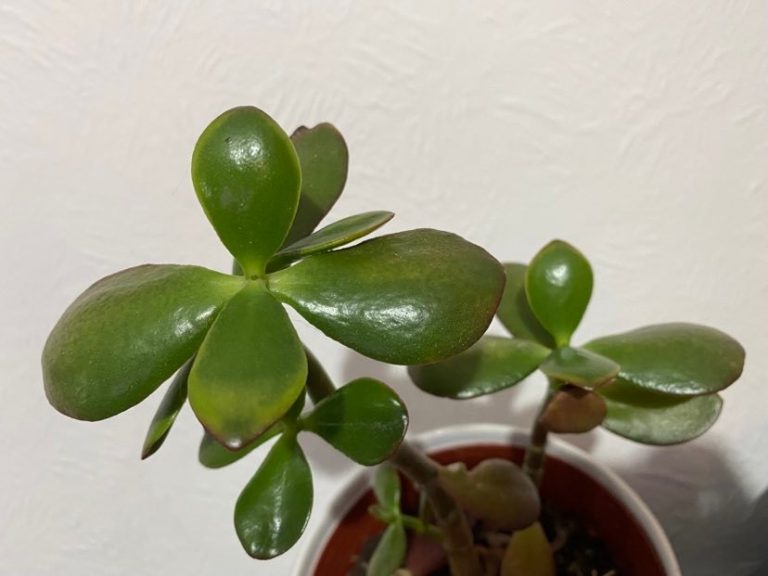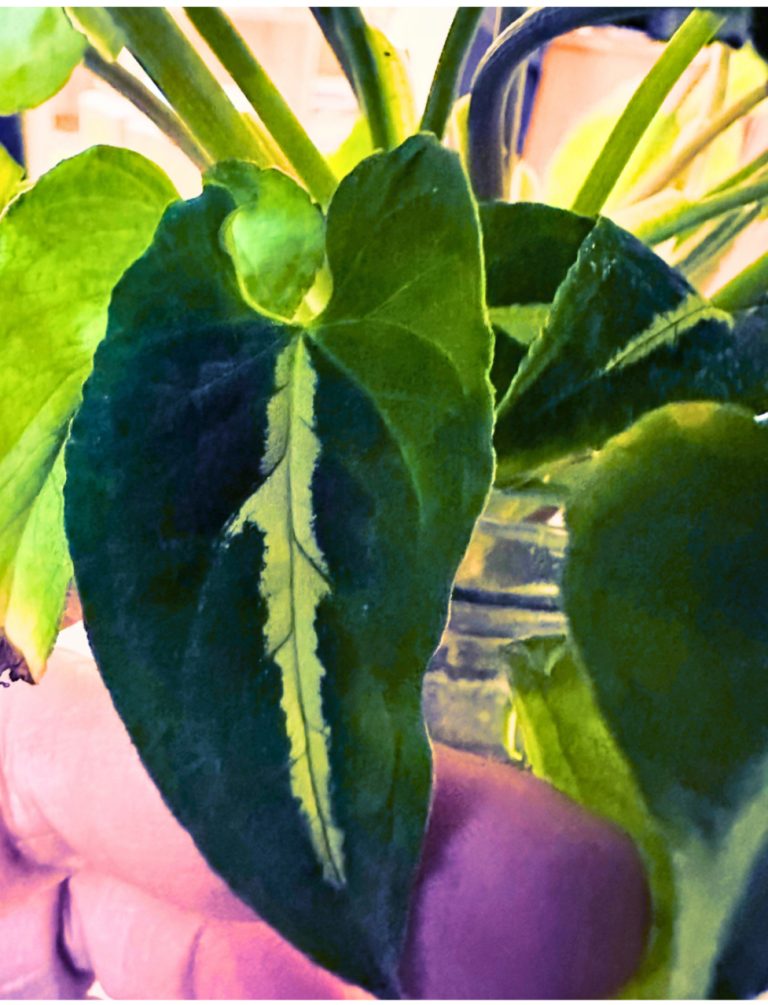Getting Started of Growing Houseplants from Cuttings
Growing houseplants from cuttings is a fun and easy way to propagate your plants and create new ones.
There are two ways to grow houseplants from Cuttings: Rooting in Soil and Water propagation.
Here’s a step-by-step guide to getting started: Rooting in Soil
Choose the right plant: Some plants are easier to propagate from cuttings than others. Some good choices include pothos, philodendron, spider plants, and rubber plants. Avoid plants with thick or woody stems, as they are more difficult to root.
- Take the cutting: Use a clean, sharp scissors or knife to cut a healthy stem or leaf from the plant. Try to get a cutting that is at least 4-6 inches long and has at least two sets of leaves.
- Prepare the cutting: Dip the cut end of the stem or leaf in rooting hormone (available at most garden centers). This will help stimulate root growth.
- Plant the cutting: Fill a small pot with soil mix specifically formulated for propagating plants. Stick the cutting about an inch deep into the soil, making sure the leaves are above the soil line. Water the soil lightly.
- Create a humid environment: To help the cutting root, create a humid environment by placing a clear plastic bag over the pot or by setting the pot on a tray filled with pebbles and water. Make sure the water doesn’t touch the bottom of the pot.
- Keep the cutting moist: Water the cutting regularly, making sure the soil stays moist but not soggy. Avoid letting the soil dry out completely.
- Wait patiently: It can take several weeks or even months for the cutting to root and start growing. Be patient and keep the cutting well-watered and in a warm, humid place. Once you see new growth, you’ll know the cutting has successfully rooted and is ready to be repotted and cared for as a full-fledged houseplant.
Propagating houseplants in water is also fun and easy way to create new plants and increase your collection. Here’s a step-by-step guide to propagating houseplants in water:


- Choose the right plant: Some plants are better suited to water propagation than others. Good choices include monstera, hoyas, snake plant, pothos, philodendron, spider plants, and rubber plants. Avoid plants with thick or woody stems, as they are more difficult to root in water.
- Take the cutting: Use a clean, sharp scissors or knife to cut a healthy stem or leaf from the plant. Try to get a cutting that is at least 4-6 inches long and has at least two sets of leaves within the node.
- Prepare the cutting: Remove any leaves from the bottom half of the cutting to expose the stem on the node. This will allow the cutting to absorb more water and increase the chances of rooting.
- Place the cutting in water: Fill a small jar or glass with water and place the cutting in it, making sure the cut end with the node is submerged in the water. There are also some propagation stand that you can use to put your cuttings in and can be as a lovely decoration in your room too. You can put a rooting hormone for hydrophonics to stimulate root growth, although this is not necessary.
- Keep the cutting in a warm, well-lit place: Place the jar or glass in a warm, well-lit spot, such as a windowsill or under a grow light. Avoid direct sunlight, as this can cause the water to heat up too much and damage the cutting.
- Change the water regularly: To keep the water fresh and prevent the cutting from rotting, change the water every few days.
- Wait patiently: It can take several weeks or even months for the cutting to root and start growing. Be patient and keep the cutting well-watered and in a warm, well-lit spot. Once you see new growth, you’ll know the cutting has successfully rooted and is ready to be repotted and cared for as a full-fledged houseplant.
Keep in mind that water propagation is not always successful, especially with certain types of plants. If you don’t see any new growth after a few weeks, try propagating the plant using a different method, such as rooting in soil.

